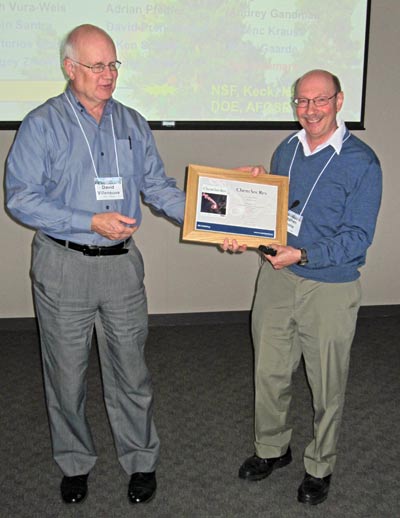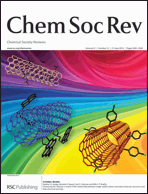This month sees the following articles in ChemSocRev that are in the top ten most accessed:-
Small molecule semiconductors for high-efficiency organic photovoltaics
Yuze Lin, Yongfang Li and Xiaowei Zhan
Chem. Soc. Rev., 2012,41, 4245-4272, DOI: 10.1039/C2CS15313K
Fabrication, properties and applications of Janus particles
Jing Hu, Shuxue Zhou, Yangyi Sun, Xiaosheng Fang and Limin Wu
Chem. Soc. Rev., 2012,41, 4356-4378, DOI: 10.1039/C2CS35032G, Critical Review
Stimuli-responsive supramolecular polymeric materials
Xuzhou Yan, Feng Wang, Bo Zheng and Feihe Huang
Chem. Soc. Rev., 2012, Advance Article, DOI: 10.1039/C2CS35091B, Critical Review
Recent advances in the total synthesis of cyclopropane-containing natural products
David Y.-K. Chen, Rebecca H. Pouwer and Jean-Alexandre Richard
Chem. Soc. Rev., 2012,41, 4631-4642, DOI: 10.1039/C2CS35067J, Tutorial Review
Transition metal catalyzed nucleophilic allylic substitution: activation of allylic alcohols via Π-allylic species
Basker Sundararaju, Mathieu Achard and Christian Bruneau
Chem. Soc. Rev., 2012,41, 4467-4483, DOI: 10.1039/C2CS35024F, Tutorial Review
Graphene-based composites
Xiao Huang, Xiaoying Qi, Freddy Boey and Hua Zhang
Chem. Soc. Rev., 2012,41, 666-686, DOI: 10.1039/C1CS15078B, Critical Review
Biological applications of magnetic nanoparticles
Miriam Colombo, Susana Carregal-Romero, Maria F. Casula, Lucía Gutiérrez, María P. Morales, Ingrid B. Böhm, Johannes T. Heverhagen, Davide Prosperi and Wolfgang. J. Parak
Chem. Soc. Rev., 2012,41, 4306-4334, DOI: 10.1039/C2CS15337H
Fluorescent chemodosimeters using “mild” chemical events for the detection of small anions and cations in biological and environmental media
Jianjun Du, Mingming Hu, Jiangli Fan and Xiaojun Peng
Chem. Soc. Rev., 2012,41, 4511-4535, DOI: 10.1039/C2CS00004K, Critical Review
Recent developments in asymmetric multicomponent reactions
Corien de Graaff, Eelco Ruijter and Romano V. A. Orru
Chem. Soc. Rev., 2012,41, 3969-4009, DOI: 10.1039/C2CS15361K
Biosensors and chemosensors based on the optical responses of polydiacetylenes
Xiaoqiang Chen, Guodong Zhou, Xiaojun Peng and Juyoung Yoon
Chem. Soc. Rev., 2012,41, 4610-4630, DOI: 10.1039/C2CS35055F, Tutorial Review
Why not take a look at the articles today and blog your thoughts and comments below.
Fancy submitting an article to ChemSocRev? Then why not contact us today with your suggestions.


















